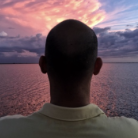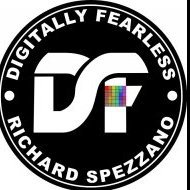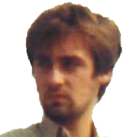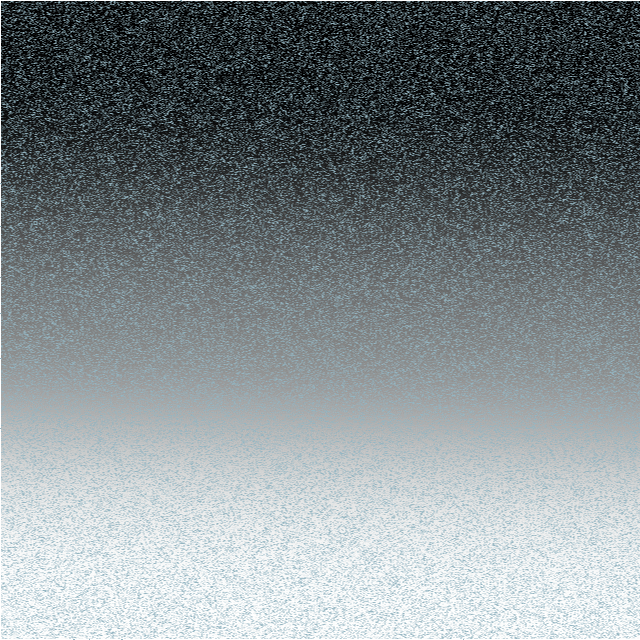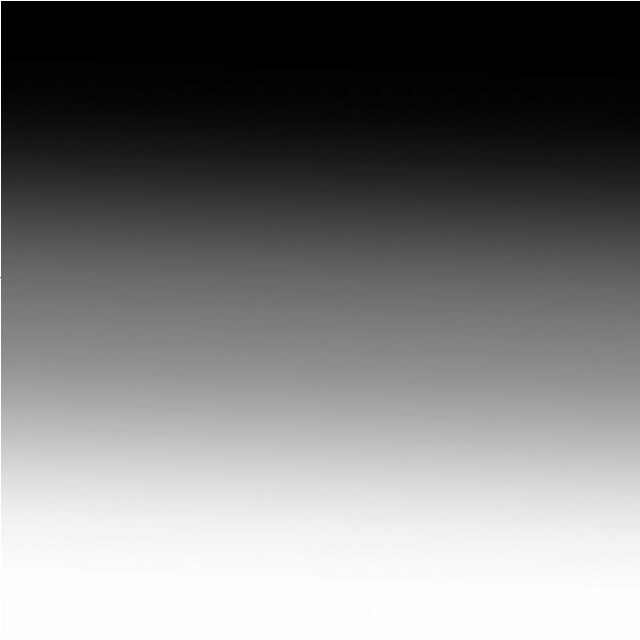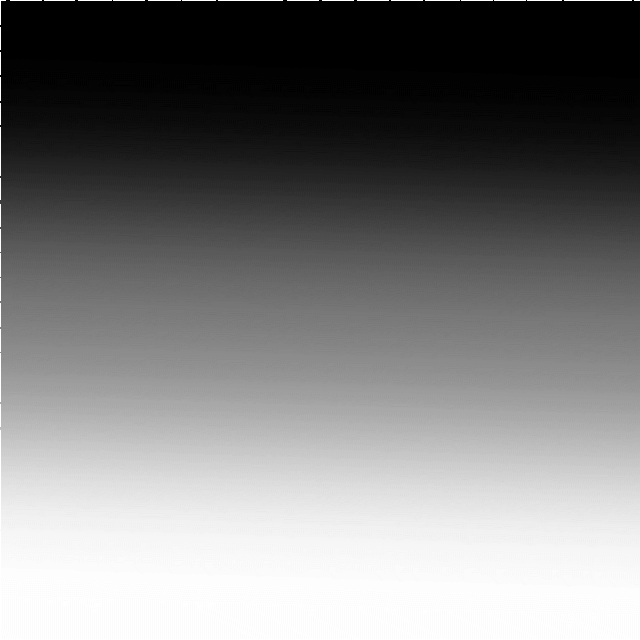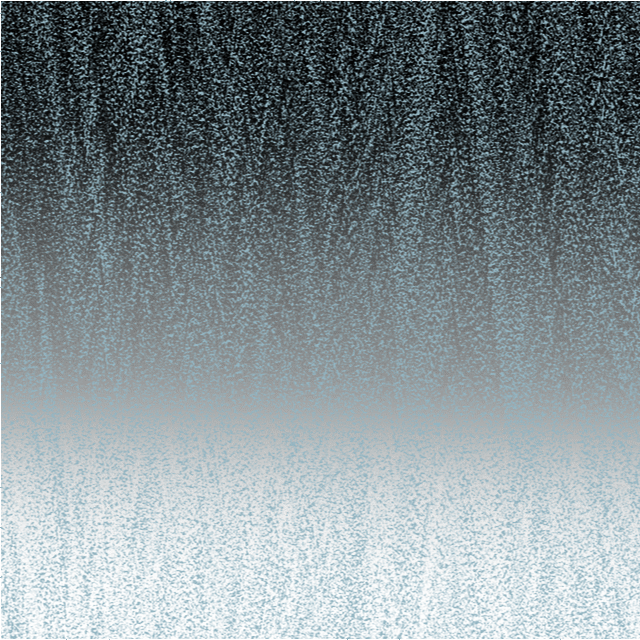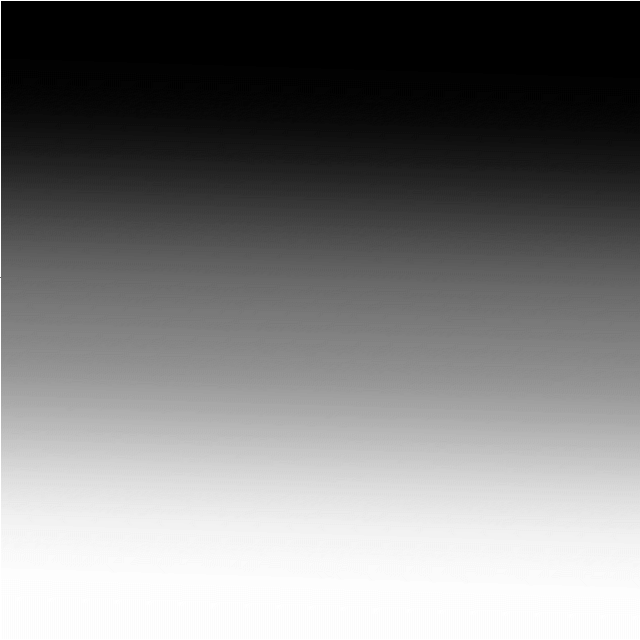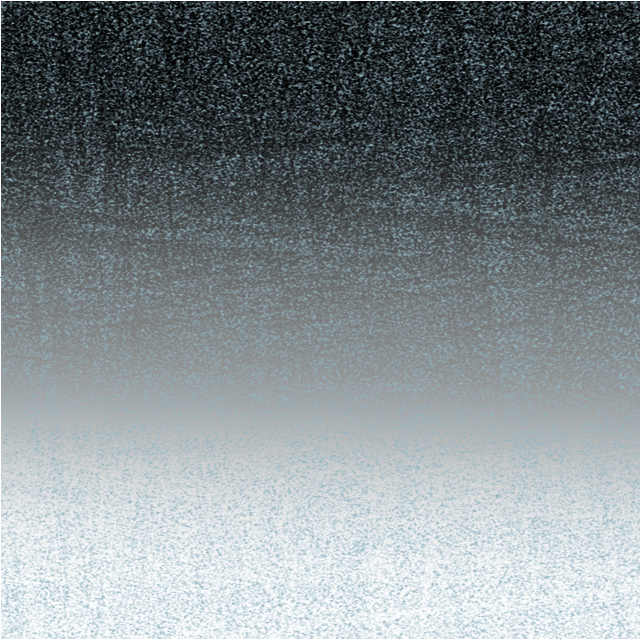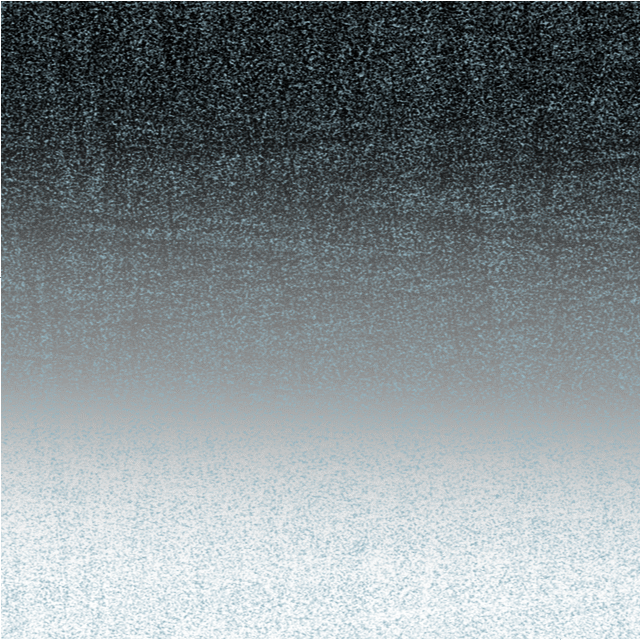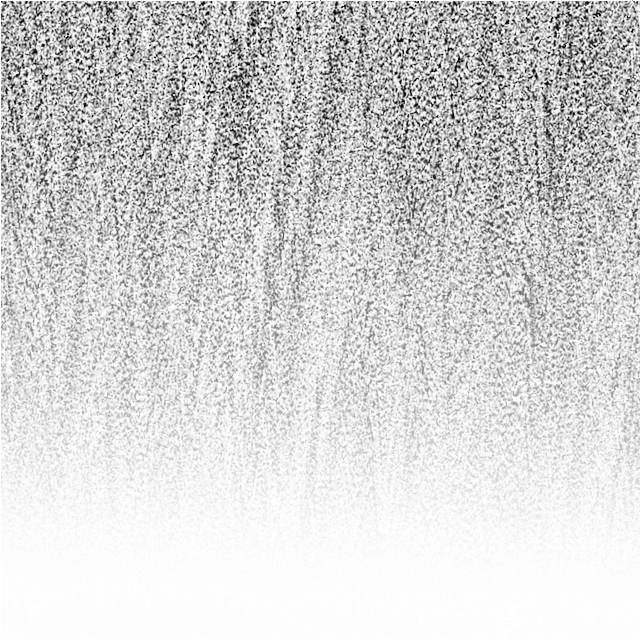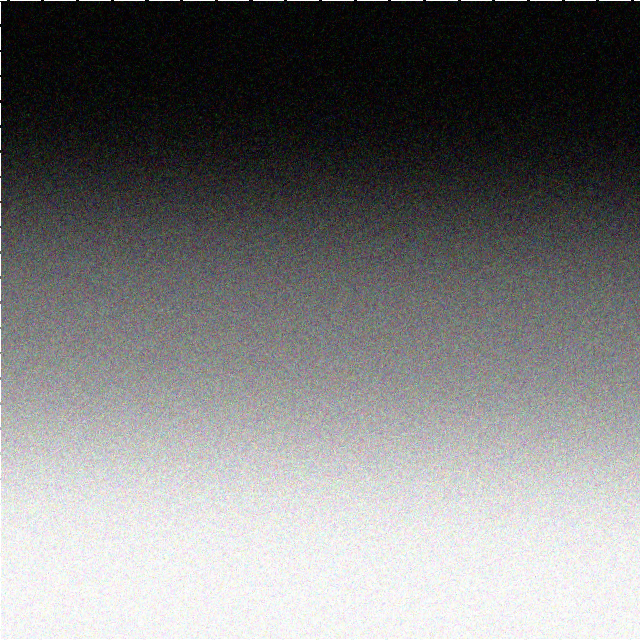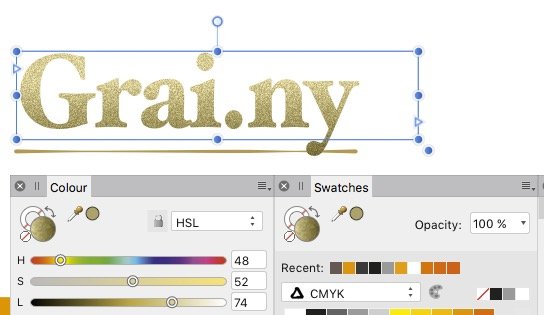Search the Community
Showing results for tags 'noise'.
-
Windows 10. Version 1.10.5 of all three products. Within the las couple of months, I have noticed that several adjustable parameters reduce when I stop moving. In the attached video, notice the noise in the red stroke drops off significantly as does the 3D effect. This happens with all three products but it does not happen on my laptop. I have done a master reset on Photo but that has not helped. I have a Xencelabs tablet that has always worked fine with Affinity. I have been researching this for a couple of weeks and don't know where else to turn. Thanks, Dave Davis effects.mov
-
Turn a photo into pointillism style art. Easy beginner Affinity Photo Tutorial iPad and Desktop In this beginner Affinity Photo tutorial I turn a photo into pointillism art style. It’s quick and easy and I show it in both Desktop and iPad versions. https://youtu.be/x6sNOO6J_uc
-
- madeinaffinity
- photomanipulation
- (and 7 more)
-
Hi i cant de noise my renders (32 bit exr), as they produce black areas that don't desapear. This will happen with other renders as well. my specs: Affinity Photo 1.9.2 win 10 (updated) geForce gtx 980 4GB (Latest Drivers) i7 9470k 32gb ddr3 perspectiva.exr
-
I'm looking for input building a library of texture styles that are easy to apply to your design. And that don't make the files size too big. So I'm using small tiling (repeating) bitmap fills. There are 2 ways to build and apply the style library, can you tell me which you prefer? I recorded a video to show you the difference: https://vimeo.com/513749138. What do you think?
-
Hello Affinity Team, have discovered a curiosity in the filter (Filters > Noise > Deinterlace > Even Rows & Odd Rows)! As you can see at the beginning of the (Video) example, the deinterlace filter is executed correctly up and down. But as soon as I rotate the image by 90 degrees, the effect of the filter is also rotated by 90 degrees and instead of horizontally, it is executed vertically! For me it looks like a bug! Greeting ChristAlix Filters-Noise-Deinterlace-Even Rows_Odd Rows-Bug_.mp4 EVEN_ODD_.afphoto
-
I’m using the Pencil tool in Vector persona, and trying to specify a Fill color with noise, I noticed there is no Noise slider. That’s only available in the color picker on the right side of the screen with the other studio panels. Also, why use up UI space to add a lesser functioning color picker? Might as well get rid of the color picker options for the tool and use the main color picker with access to Quick Colors, Swatches etc. This might help with getting more options on the tool’s pop up menu along the bottom and having less scrolling thru all the tool options... Thanks for all you do!
-
Affinity Photo's Tone Map is awesome good and I use it on each of my landscape images. - It has only one thing to be complained, and that's the noise introduction. If possible, it would be very welcome if that could be reduced in future versions. Thanks in advance!
-
Hello, I am having problems working with a specific set of NEF files I shot using my Nikon D610 SLR. The other night I shot some photos of Comet Neowise. I planned to use stacking, and shot 9 photos in a series. I can bring most of these images into Affinity Photo and either develop them or create a new stack without a problem. All but this one set of stacked images. This set of photos is unique from the others in that they were all shot at very high ISO (25,600), where all my other NEF images are much lower (3000 or less). I can view these images in the MacOS Finder, in Preview, in GraphicConverter, and in other applications, and they are rendered fine, even in GraphicConverter's RAW processor (which is inferior to Affinity Photo's). But if I try to open one of these RAW files for developing in Affinity Photo, I get a display of random RGB noise. The first few lines of pixels in the image show normal, but the rest is noise. And when I create a stack of these in Affinity Photo, the top band of the image is fine, but the area of random noise is evident, although greatly reduced due to the stack mean. Affinity Photo does report the correct photo data (ISO, camera, lens, etc.). Attached is one of these NEF RAW images, a screenshot of what I see in Affinity Photo when I load one of these images (mostly random noise), and a screenshot showing what MacOS Preview displays for the same file (a bit faint, but fine). I have not altered the files in any way; I've only download them from the camera. Since my other applications can open/display the file, It seems to me this is a problem with how Affinity is handling the files, as if at a certain point in the file it is interpreting the data incorrectly. I think this set of files might generate a decent image of the comet, if I can load them properly in Affinity Photo. Does anyone have any suggestions? Thank you. 20200724-Nikon-RKL_0353.nef
-
Hello, I would like some help locating the noise texture option in Affinity Designer. When just using the program I saw it under gradients all the time, and then it just disappeared i don't know if it was due to an update or if i had clicked something. I have held CRTL down when booting the program up and reset everything but "document presets" and it still does not appear. Kind Regards
-
Hello. Playing around with the menu for texture generation (where you can put in mathematical functions etc) I was wondering if there was a way to create "Ridged Multifractal Noise". This type of noise is often used to generate heightmaps, bumpmaps, or textures for digital cartography, but unfortunately I'm completely oblivious to the whole math-side of such things. I know in PS the usual technique would be to Render Clouds, and overlay several layers of Difference Clouds, but even that would not create proper ridged multifractals. Anyway, I guess what I'm really looking for is a tutorial that goes in-depth of what different settings can do for noise. Maybe someone can help.
-
Hello, I just ran into an odd issue: Exporting my file as a png (Nearest, selected without bg) it flattens my texture and removes a lot of noise. So the object looks totally different. Are there any settings I could choose, to export it as it looks in original? Any help would be very appreciated. Regards Barbara Kälin
- 1 reply
-
- png export
- noise
-
(and 1 more)
Tagged with:
-
Can some one explain how I can add noise to my gradient overlay under FX.. I’m using an IPad. thank you Dan
- 3 replies
-
- noise
- gradient overlay
-
(and 3 more)
Tagged with:
-
Let's say I've created two global colors: G1 and G2. I insert some objects and assigned them G1 color with different transparency, tint and noise values. If I change the G1 color everything works fine. But if I assign G2 color to them, all attributes are resseted. BTW, you should put tint slider together with opacity and noise sliders.
-
- global colors
- opacity
-
(and 2 more)
Tagged with:
-
Hello- I recently purchased the Affinity Photo app in iPadOS 13, and maybe there is something Im doing wrong while importing files, JPEG but specially with RAW files (Nikon D750), but I noticed the levels of noise are significantly increased. I have compared the imported RAW files in Affinity, against the iPad Photos app as well as Lightroom and noise is increased in Affinity photo. I tried multiple import methods, different configurations, but unfortunately I’m not seeing any improvement at all. Will appreciate any advice, I purchased this App as a replacement for Adobe Lightroom and Photoshop, but because of this issue I can’t fully replace them. Don’t get me wrong, I do like Affinity Photo is just that this issue introduces another step in my workflow by not being able to fully get rid of Lightroom at least. Thanks, kindly let me know if there is any other topic where this has been discussed in the past, any direction at this point of time will be appreciated. Oscar
-
Hello- I recently purchased the Affinity Photo app in iPadOS 13, and maybe there is something Im doing wrong while importing files, JPEG but specially with RAW files (Nikon D750), but I noticed the levels of noise are significantly increased. I have compared the imported RAW files in Affinity, against the iPad Photos app as well as Lightroom and noise is increased in Affinity photo. I tried multiple import methods, different configurations, but unfortunately I’m not seeing any improvement at all. Will appreciate any advice, I purchased this App as a replacement for Adobe Lightroom and Photoshop, but because of this issue I can’t fully replace them. Don’t get me wrong, I do like Affinity Photo is just that this issue introduces another step in my workflow by not being able to fully get rid of Lightroom at least. Thanks, kindly let me know if there is any other topic where this has been discussed in the past, any direction at this point of time will be appreciated. Regards, Oscar
-
Hello, I´ve been trying to create a noise brush in Affinity Photo for a long time. I don´t know how to do it though. I wanted to get a brush like the one they use in Pokemon for their lineart. (photo) I have no clue how to add that noisy texture and I would be really glad if somebody would help me out. :)
-
Not sure it's a bug but here's what I tried : Open AD 1.7.0.364 bêta on Windows 10 and choose the sample "A" by Nora Toth Explore the layers and select the 1st Ellipse under A > Group > Letter A Try to add noise in the 2 points gradient: when I try it, the noise is not added and if I move the color on the palette to another one, the noise cursor is reset to none (same if the noise is existent > reset to initial value, impossible to remove it). Hope it helps, Best regards, Michel
-
WARNING: for the technically-minded only! The Noise functions in the Filters > Distort> Equations facility are supposed to add (unspecified) noise to an image. The only description I can find of this is in the video by James Ritson. He first duplcates the layer and then uses either noise(x*y)*a or noise4(x*y)*a in his equation. This produces a grain-like effect over his image. The documentation for equations is limited. There is the Expressions for field input in the Help system which gives, under : Noise(seed/x,y), an explanation: Generate 1D noise either from a seed or based on X/Y input with similar definitions for noise2, noise3 and noise4. James uses both the noise and the noise4 functions. In his video he is using the single seed parameter x*y, with the magnitude controlled by the a parameter. I have been experimenting with these noise functions and present here my findings Although the Expressions for field input names the functions Noise ... Noise4, with a capital letter, these will not work. You need to use a lower case n for noise. The function noise2 has no effect. The functions noise, noise3 and noise4 seem to produce identical visible results. The histograms are also identical. Using a single parameter, either a simple number, or an expression such as x*y, has no visible effect unless the Full option is selected in the Extend Mode at the bottom. When using two parameters, they need to be different in the x and y axes to produce any visible result. Multiplying the parameters by a number, such as noise(10x,10y), has no visible effect. I show here the effect of varying these parameters on a simple gradient field: Here is the effect of x=noise(x,y) and y=noise(y,x): The results for noise3 and noise4 are identical, as are noise(3x,3y) etc as are the histograms. If the parameters are the same, say x=noise(x,x) and y=noise(y,y) You get a very different effect: Almost like a tartan effect. If the noise functions are the same in both x and y such as x=noise(x,y) and y=noise(x,y), it works OK, but if you use x=noise(y,x) and y=noise(y,x) there is no visible effect unless you select Full: The difference between using Zero and Full in the Extend Mode at the bottom is subtle. Using Full seems to convert the image into a monochrome effect with the background invisible. However, the noise is based on the luminance of the background. Just for comparison, I append here the effect of the effect of the Add Noise filter (Filter > Noise > Add Noise...): You can control the intensity of the noise here, which is more than you can in any of the noise functions I have described. In conclusion, I would recommend that if you want noise, then use the Filter > Noise > Add Noise... option above until such time as the devs at Serif come up with a more understandable noise function in Equations. Having said that I am not holding my breath on this. Using noise in equations is probably a minority pursuit amongst users and the Add Noise filter is much easier. John
-
Hi, there. I would like advice from those who have already had professional experience with printing from Affinity. I'm working with the noise effect/filter on Affinity, on a file at 300dpi for a 1:1 print scale. What is the lowest value of the noise that I can use to be visible in print? And, vice versa, is there a very high value that disturbs printing? Thanks so much!
-
I apply an object style to a text frame. To get rid of it, I disable all layer effects* – all gone except for a grainy gradient, which also appears in the circled color and swatches previews, with HSL sliders in color palette. This structure appears to be resolution-independent: when I zoom in it is more detailed. – Great! When I now in the color pane move a slider, or switch from HSL to CMYK, both the texture and the gradient disappear, leaving an average color. No gradient, no structure. – Where is this structure defined? – Can I access the grainy structure seperately? * is there a shorter way to remove an object style than unselecting its layer-effects one by one?
-
It would be great to be able to select the order of FX on shapes. Oftentimes I want to blur the shape of a vector object, but not necessarily the noise setting in its color. Perhaps adding Checkbox to the Blur FX panel to bypass blurring the Noise attribute? Thanks for your consideration and all you do
-
Hi' all ! I'm trying to align photos in order to procced to a noise reduction. However, if I use the classic stacking method (File -> Open stack) the alignement is made on the foreground (or maybe the part of the image is the easiest to align ?) and I don't want to ! My photos are milky way photos. In order to reduce noise in the sky I would like to align multiple photo of the milky way on the stars and not on the foreground (moutains, people, ...). Is it possible to have a feature like this ? Align layers once we have applied a mask ? Thank you for your answer :)

